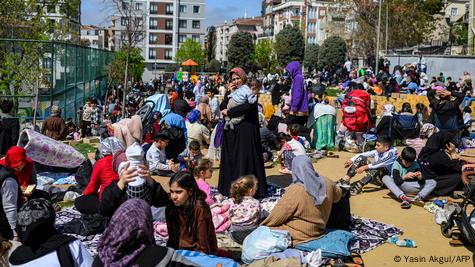A powerful earthquake rocked Istanbul, a city of 16 million, on Wednesday at 12:49 p.m. (0949 GMT), leaving over 230 injured. The victims were not injured from collapsing buildings but from sheer panic as residents leapt from heights to escape the shaking.
According to Turkey’s AFAD disaster agency, the tremor was at a depth of 6.2 on the Richter scale at a shallow depth of 10 kilometers, with its epicenter in the Sea of Marmara. While no major structural damage has been reported, the psychological scars run deep.
The city sits precariously on the North Anatolian Fault, a ticking time bomb that has produced devastating quakes in the past. A magnitude 7.4 earthquake near Istanbul claimed over 17,000 lives in 1999. Also, a catastrophic 7.8 quake ravaged southern Turkey and northern Syria in 2023, killing more than 55,000 and injuring more than 107,000 in southern Turkey and northern Syria. Hundreds of thousands of people remain displaced. These events serve as grim reminders of the region’s vulnerability.
Health Minister Kemal Memisoglu said, “A total of 236 citizens were affected by panic attacks and from falls or from jumping,” adding that 173 of the injuries were in Istanbul while the rest were in surrounding provinces. Residents flocked to parks and open spaces, some even pitching tents, as they braced for the unknown.
President Recep Tayyip Erdogan said, “Thank God, there does not seem to be any problems for now.” He added that “May God protect our country and our people from all kinds of calamities, disasters, accidents and troubles.”
And let’s not forget the human element. Panic, fear, and a desperate need for safety drove people to jump from buildings, resulting in injuries that could have been avoided with better public awareness and preparedness.














